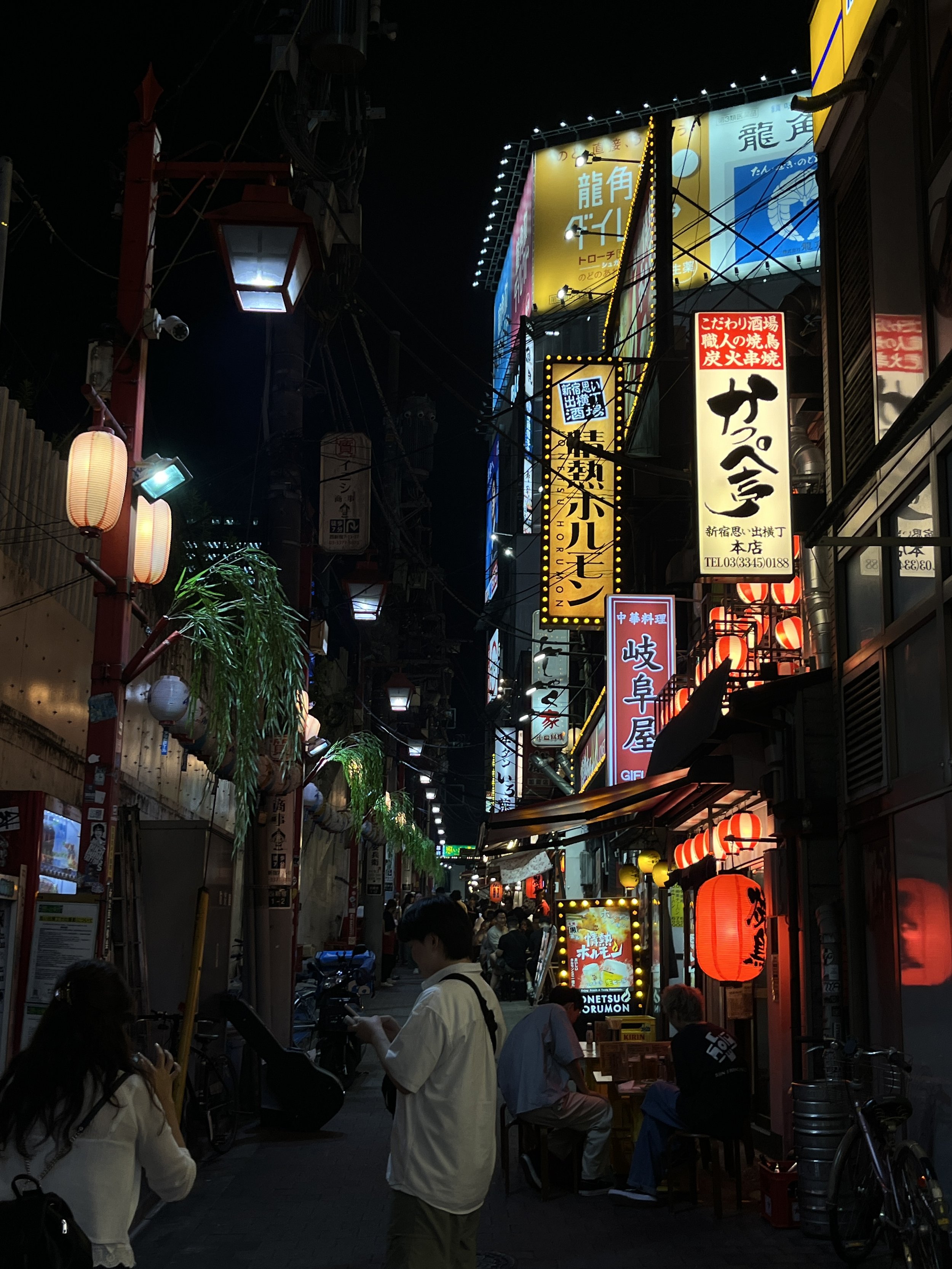Solferino Goes to Japan
Hi Friends,
The Travel Dispatch is back this week introducing an exciting mini series on my recent 14-day trip to Japan! This past June and into July I had the very fortunate opportunity to visit Japan, which has been dream destination of mine for quite some time. I’m personally a fairly skeptical person when it comes to trends and hype, and Japan has been receiving both ever since 2019. I can strongly say that - it is indeed worth the hype, every single experience in Japan was layered a deep sense of Japanese hospitality and sophistication. I’m so excited to share with you the very best of the experiences we had visiting Tokyo, the Mt. Fuji Region, and Kyoto.
This week, will be a little taster for whats to come!
Cheers,
John
Itinerary
Fourteen days ordinarily is a fairly long vacation, but through my experience, fourteen days is never enough when traveling over 16 hours to reach your destination. Thankfully, reaching Japan from the northeast US isn’t too difficult; several flights run direct out of New York, and several more depart out of New York and connect in Toronto or Los Angeles, depending on your carrier.
Once we had our flights squared away, the task of where to visit and how much time to spend took center stage. We knew we wanted to work North to South on Honshu (Japan’s main and largest island), landing at Tokyo Haneda. Spending five days in Japan’s imperial and business capital was a good amount to get acquainted with the city, but I think it might be almost impossible to understand Tokyo beyond a superficial level without spending a year or two there.
From Tokyo, we headed to the Fuji-Kawaguchiko region, home to Fuji-San; Japan’s tallest volcano and a region dotted with historical villages. Three days here was perfect to relax after the non-stop hustle of Tokyo. We took the time to re-energize and enjoy our time at a traditional Japanese Onsen. I have to absolutely recommend this buffer between visiting cities in Japan, as one can get quite exhausted having full-day itineraries.
Our final stop was Kyoto for another five days. My hot take - I wish I spent more time in Kyoto. My strong affinity to history had me craving more time in Kyoto’s temples, museums, and quiet alleyways. Many would say two weeks is more than enough to capture the essence of a culture or country; I simply could not disagree more when visiting Japan - I need a month, nay, a year. I was completely captivated by the Japanese hospitality, their food, and their culture. I absolutely cannot wait to go back soon.
Tokyo
Japan’s capital city, and largest city earns its place among one of the great cities of the world. It is immense, dynamic, historic, and clean. I would not dare to say that Tokyo captures all of Japan and what it has to offer, but it does come pretty close. From Sensoji Temple, constructed in 645 AD to the hyper modern ever evolving shibuya crossing, Tokyo embraces change, while preserving pockets to appreciate its past. Meiji Jingu temple was beautiful for a moment of buddhist introspection, while Golden Gai was the perfect place to indulge in earthly vices. The food - incredible, the transport system - paramount, the people - kind! Tokyo has successfully seduced me, and I will be thinking about her every day until I see her next.
Kawaguchiko
Coming off from five intense days in Tokyo, a reprieve was absolutely necessary, with our end goal to fly out of Kyoto. Spending a few days in the Mount Fuji area was an obvious choice. Just under three hours away by express train, Fuji is definitely feasible as a day trip from Tokyo, but we opted to embrace the relaxed pace of this resort town and take in what the region has to offer.
Splurging on an Onsen was arguably the best decision of this trip, allowing us to immerse ourselves in the splendors of Japanese bathing culture. I enjoyed slipping into resort attire and lounging on the hotel grounds, a perfect complement to the tranquil surroundings.
A significant tip for visiting the Kawaguchiko area is to rent a car. Though it may seem daunting at first, having your own transportation allows for access to locations that are less touristy. We made our way to the Fuji 5th Station, known as Subaru Station, where we could experience Mount Fuji up close. Additionally, we visited Oshino Hakkai, a UNESCO World Heritage site that preserves the charm of a medieval Japanese town, enriching our experience in this beautiful part of Japan.
Kyoto
Taking a two and a half hour Shinkansen south of Kawaguchiko brought us to Kyoto - Japan’s former imperial capital and now cultural capital. Tourists often compare Kyoto with its younger counterpart, Tokyo, but this is an unfair assessment. Kyoto is a city rich in millennia of history, where Japan’s culture and iconography come alive, worthy of its 17 UNESCO heritage sites.
Visiting Kyoto feels like stepping into living history. The cobbled streets of Gion are lined with Machiayas (Tea Houses), where Geishas, adorned in traditional fineries, master the art of conversation with their clientele. The temples and pagodas serve as the city's skyscrapers, their ornate rooflines dotting the landscape and adding to the city’s distinctive skyline.
Kyoto's pace is relaxed, and its people embody a reserved demeanor, which reflects the city’s pride in tradition. This characteristic may make it seem less cosmopolitan than Tokyo. However, for many visitors, including myself, it offers a perfect conclusion to a tour of Japan. The city encourages a slower pace, allowing for deeper appreciation of the sights and a more profound understanding of the Japanese people and their heritage.






























